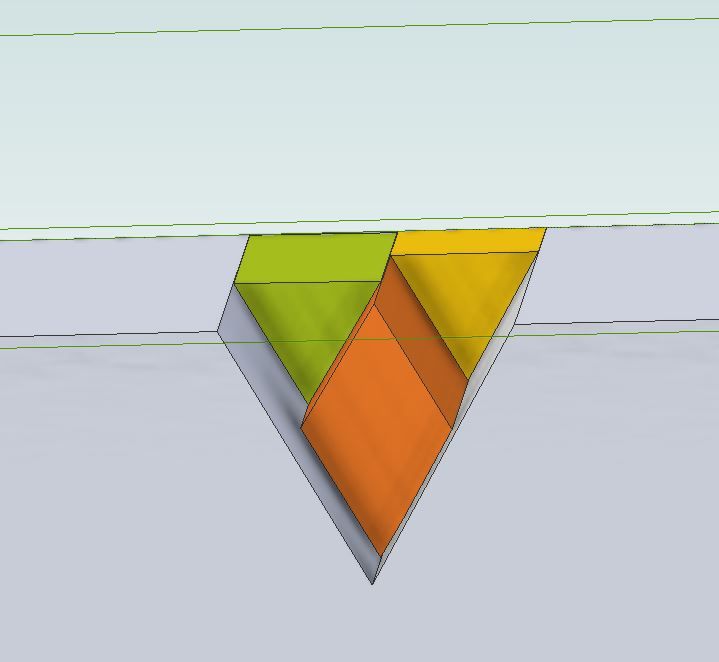Posted by Michael Gilligan on 24/11/2021 20:25:21:
Posted by Neil Wyatt on 24/11/2021 18:53:10:
[…]
Torque increases as speed decreases for a brushless motor […]
.
I am genuinely surprised, Neil
… Could you please explain ?
Thanks
MichaelG.
Hi Michael,
I will try to explain in simple terms as I have understood it from SIEG, and I hope it is understandable.
For the brushless range, the torque and speed are programmed onto a chip for the SIEG machines.
In the programming, improved torque is available at low speed, with a specific arrangement of belt drive, or a combination of belt and gear drive, providing a maximum speed of around 2000 rpm.
However, if the maximum speed is programmed on the chip at around 6000 rpm, the torque available at the lower speed is low.
So, for example: the same 1000w output brushless motor is used in the SC4 lathe, and the KX3 CNC Mill.
The SC4 lathe delivers higher torque starting at the lower speed, which is carried through to its max speed of 2000rpm.
The KX3 CNC mill chip on control board programing delivers high max speed, but the torque is low at low speed, gradually increasing as the speed increases.
So two different torques curves. On certain machines such as the SX2.7 mill which uses a 750w output brushless motor, in addition to the programing of the chip, a hi/low belt drive is also used to control the speed range and in turn deliver better torque on the lower speed belt arrangement.
The correct balance in programming/set up of belt/gear is difficult to achieve, and it would be wrong to presume that all brushless motor based machines from different manufacturers will perform in the same way, even though the principal concept is broadly similar for most brushless motor arrangements.
Hope above explanation is understandable.
Ketan at ARC
Howard Lewis.






